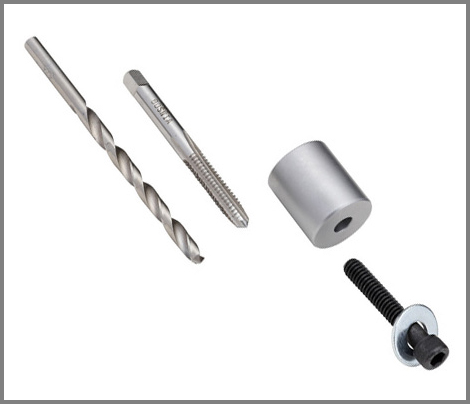As careful as we want to be, loading-bench mistakes are just about certain at some point. Here are 3 thoughts to help you avoid them, and also some ways to put a mistake behind you.
Glen Zediker

This isn’t going to be a “troubleshooting” guide of epic proportions because following along with the suggested ops and processes, using the suggested tooling, there’s not a lot that can go worng. But sometimes even when everything is right, things can go awry. We all make mistakes. There may be a few confounding eventualities that will arise.
No case lube
You might forget or overlook putting lube on a case. Well. Lube each case, each time. Lube a case over each time it’s run through. Don’t think it hangs on. A stuck case remover is tool you don’t want to meet, and here’s to hoping you never see one. However, go ahead and buy one because it’s less embarrassing than borrowing one. Ha.

“Ooopsie” on the propellant charge
Don’t do that. Check two or three times before calling a meter “set.” This was gone over thoroughly in another article. And read the load two or three times, and check your scale setting at least that many times as well. A mistake like that can be disastrous. Too little propellant can likewise create huge problems. Pay special attention to propellant supply level when using a meter, and even more attention when using a progressive press. Fortunately, loading most of the propellants wisely suitable for .223, .308, or most other popular rifle cartridges, it’s easy to notice a short charge. The propellant is, or should be, easily visible within the case neck. It’s a real issue with pistol loading: some of those propellants don’t reach halfway up the inside case walls.

Triple-checking settings and notes
Same advice goes for indexing to any recorded setting. Powder meters, bullet seaters, anything. Just give it two sober checks before proceeding to shuck away. I’ve put the wrong setting on a bullet seater a few times… I learn all this the hard way, I freely admit, and here’s to hoping you can learn from me.
The wrong load
So what do you do if you realize there’s been a mistake made in a batch of ammunition? Of course, it depends on the mistake and what it might mean. If it’s not over-pressure, it’s probably best to just go ahead and shoot it up and reuse the cases. If it’s a bullet seated too deeply, same advice.
As long as safety is not a question, just shoot it. But there are times that’s not wisely possible.
Breaking down a loaded round requires removing the bullet. Of course, there are tools. Bullet pullers are tedious, as you might imagine. They also purport to allow for the reuse of bullets, but I sho don’t take that seriously. Removing a bullet, having already been seated, and then reseating it, there’s bound to be some compromise somewhere, or more, in the bullet integrity, accuracy at the least. The grip of the puller isn’t going to be benignly harmless either.
Before you pull a bullet, set it a little deeper. Makes this op on easier. Adjust the seating die down another five or ten thousandths. That breaks the “seal.”
Pay attention to what you are doing! For every moment you spend doing it. And write down what you did…
Check out choices at Midsouth HERE and HERE (bullet pullers and stuck case removers, and don’t forget to check HERE to avoid the last one)
ONE LAST…

Sooty cases. You might see sooty case necks and shoulders. That’s common, and that’s not really a problem. The reason is pressure, lack of it, that has then meant the case areas did not fully (fully) expand. Sometimes this is unavoidable. Just clean it off and use the case again. A little more: because it is necessary to create gaps between cartridge case and chamber wall, some leakage is just about a given. Excessive leakage, again, usually just means the load is a little on the lighter side. The combination of case and chamber also might mean it’s uavoidable. Thinner case neck walls (which means a little smaller net case neck outside diameter) in a more generous chamber might mean there won’t be idealized conformation to the chamber neck area. I see this often on case necks that have been full-circumference outside turned.
This article is adapted from Glen’s newest book, Top-Grade Ammo, available at Midsouth HERE. For more information on that and other books by Glen, visit ZedikerPublishing.com








